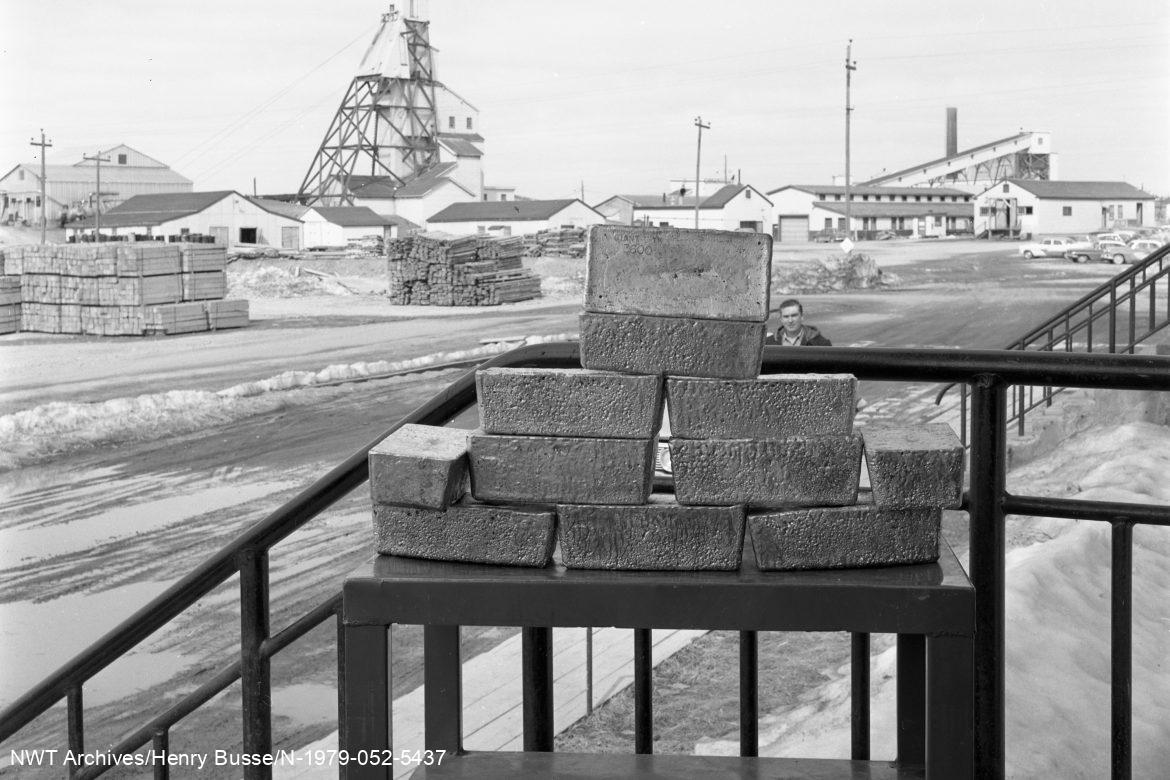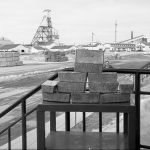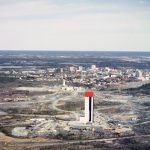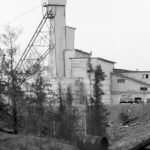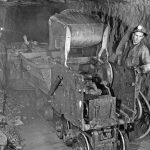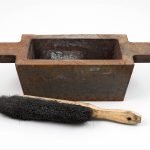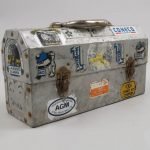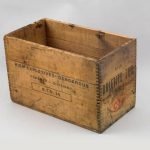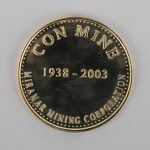2004
Yellowknife Gold Mining: The End of an Era
The name Yellowknife is synonymous with gold. This Northwest Territories community near the head of Yellowknife Bay was the centre of one of Canada’s significant gold-producing regions for 65 years. This chapter ended in 2004 when the last of the Yellowknife gold mines closed.
Productive gold claims were first staked around Yellowknife Bay beginning in 1934. By the decade’s end, there were two active gold mines – Con and Negus – and several projects under exploration and development. The community of Yellowknife was established as a place of business and commerce supported by regional mineral activity, beginning as an administrative district under the auspices of governing Ottawa and eventually maturing into a municipality with an entirely elective town council.
Gold activities slowed pace briefly during World War II while strategic metals, like tungsten and tin, were more important to the war effort. But in the post-war economy, gold was again a strong market commodity, and Yellowknife was well-positioned geologically to benefit. The Giant Mine claims were thoroughly evaluated to reveal a vast gold deposit within a shear zone below Baker Creek. This was the most considerable tonnage of gold ore yet identified in the Northwest Territories, and Giant poured its first gold bricks in 1948.
The mine employees and their families were integral to Yellowknife’s culture and economy. However, mining’s impacts on the community were not all positive. Arsenic pollution from the mines and a lack of meaningful job and engagement opportunities for Indigenous residents all contribute to a negative view of the industry’s legacy.
By the late 1980s, the glory days were ending. The Con and Giant had mined out the richest deposits, and the high cost of operating these aging mines was unattractive for their original investors. The mines were sold off to corporations hoping to squeeze the remaining minerals from the land at the lowest possible cost. This led to labour turmoil with workers’ strikes at both mines during the 1980s-1990s. The deadly Giant Mine strike of 1992-1993 hastened Yellowknife’s disillusionment with gold mining even before the gold ran out.
In 1999, Royal Oak Mines who owned of Giant Mine (Royal Oak Mines) went bankrupt after sustained low market gold prices. Surface lease and environmental liabilities became the responsibility of the Government of Canada. A deal was made with the owners of the Con Mine to continue mining underground at Giant and processing the ore at Con. These salvage operations lasted a few years, with Con Mine closing in 2003 and Giant Mine in 2004.
The end of the gold mines was not the economic disaster some expected for Yellowknife. The developing diamond mines and a construction boom helped to ease the transition away from gold production, a wave that Yellowknife continues to ride in the 21st century.
Yet the legacy of gold continues to haunt Yellowknife. After years of planning and consultation with the community, remediation of the Giant Mine site is underway. As of 2022, the price tag for remediation is over 4 billion dollars and will provide jobs for another generation of workers. Other regional mines will be cleaned up at the taxpayer’s cost, while the company that owned Con Mine remained solvent and cleaned up the mine as per the NWT’s environmental regulations. Work to alleviate public fears about arsenic pollution and the damaged Yellowknife landscape is just beginning.
